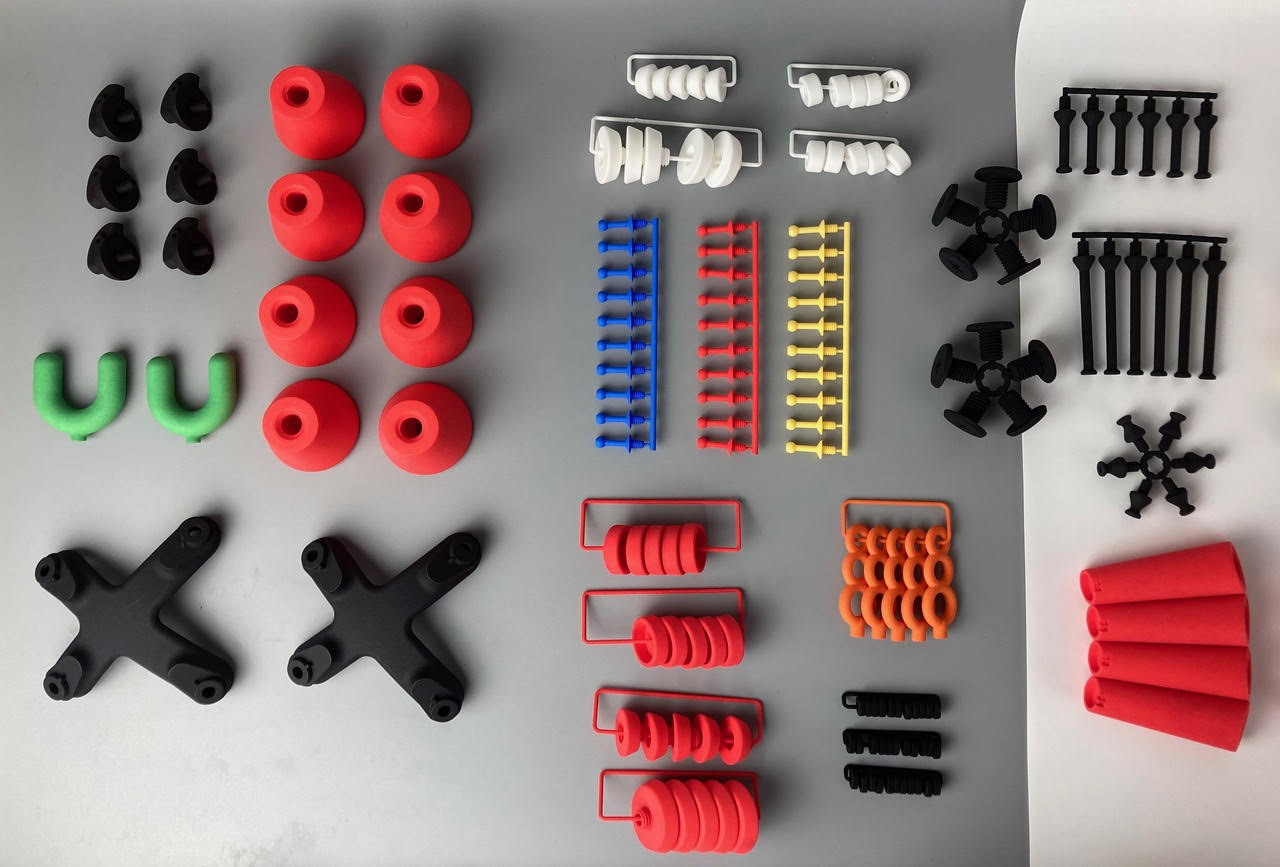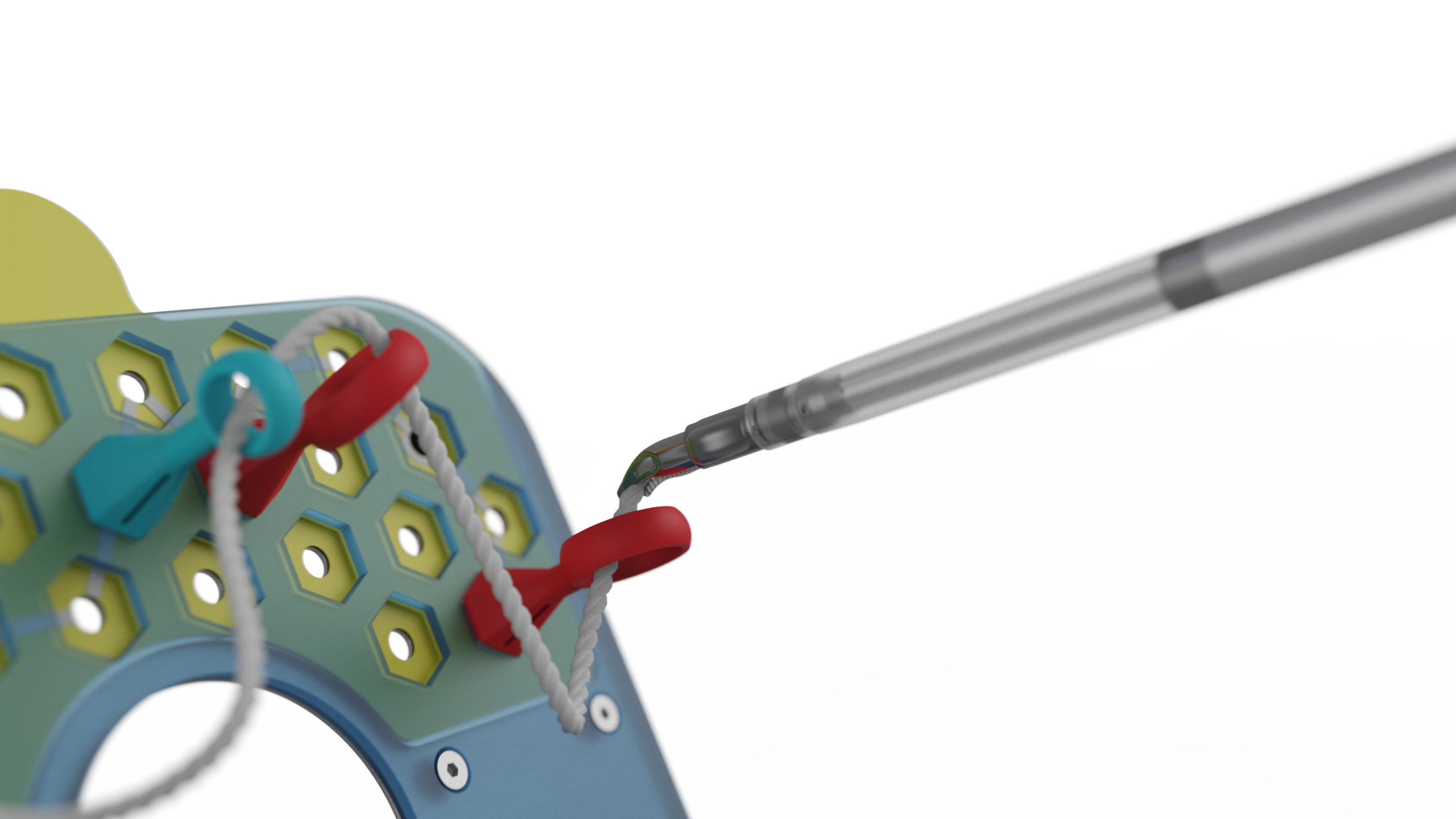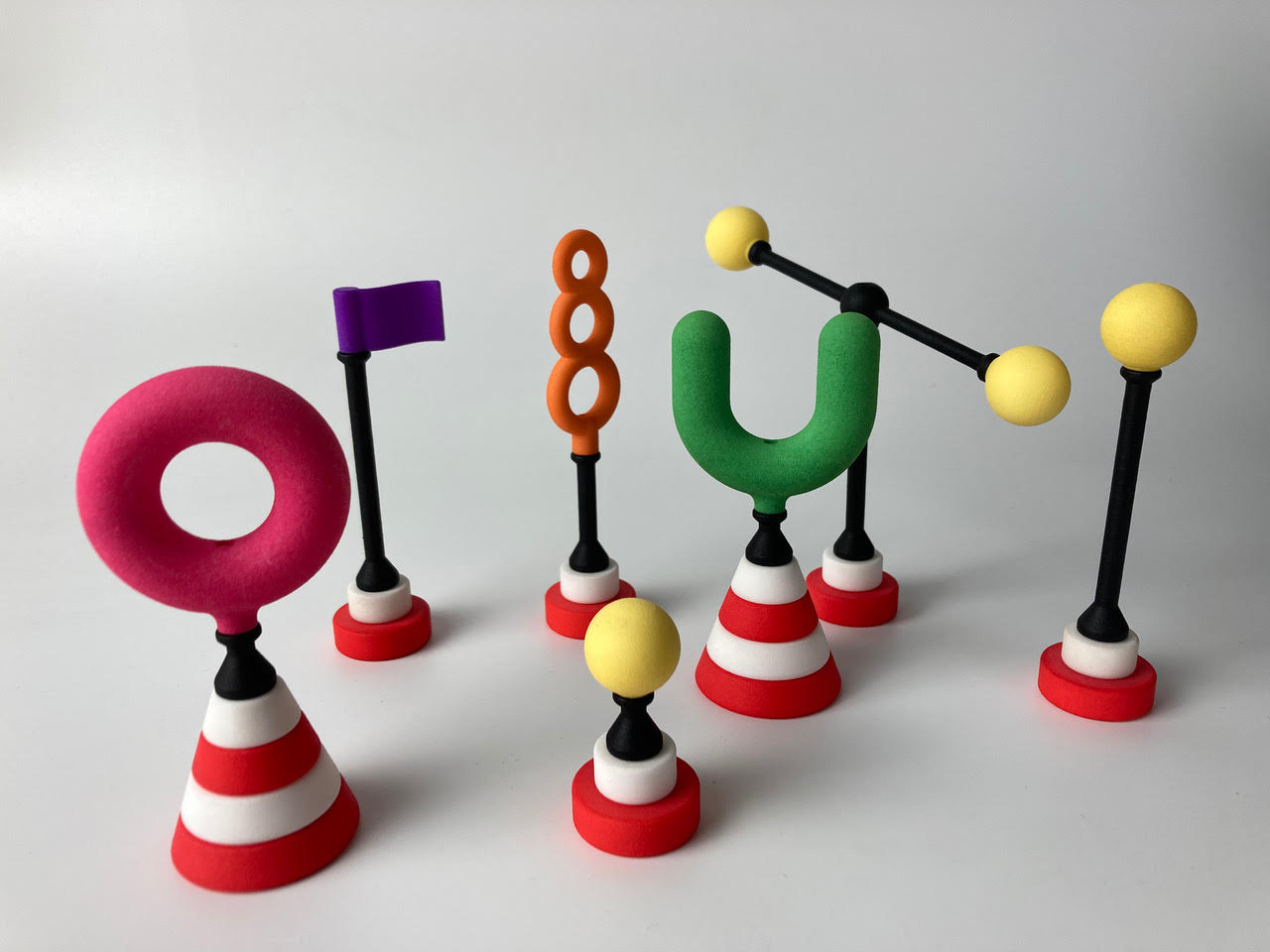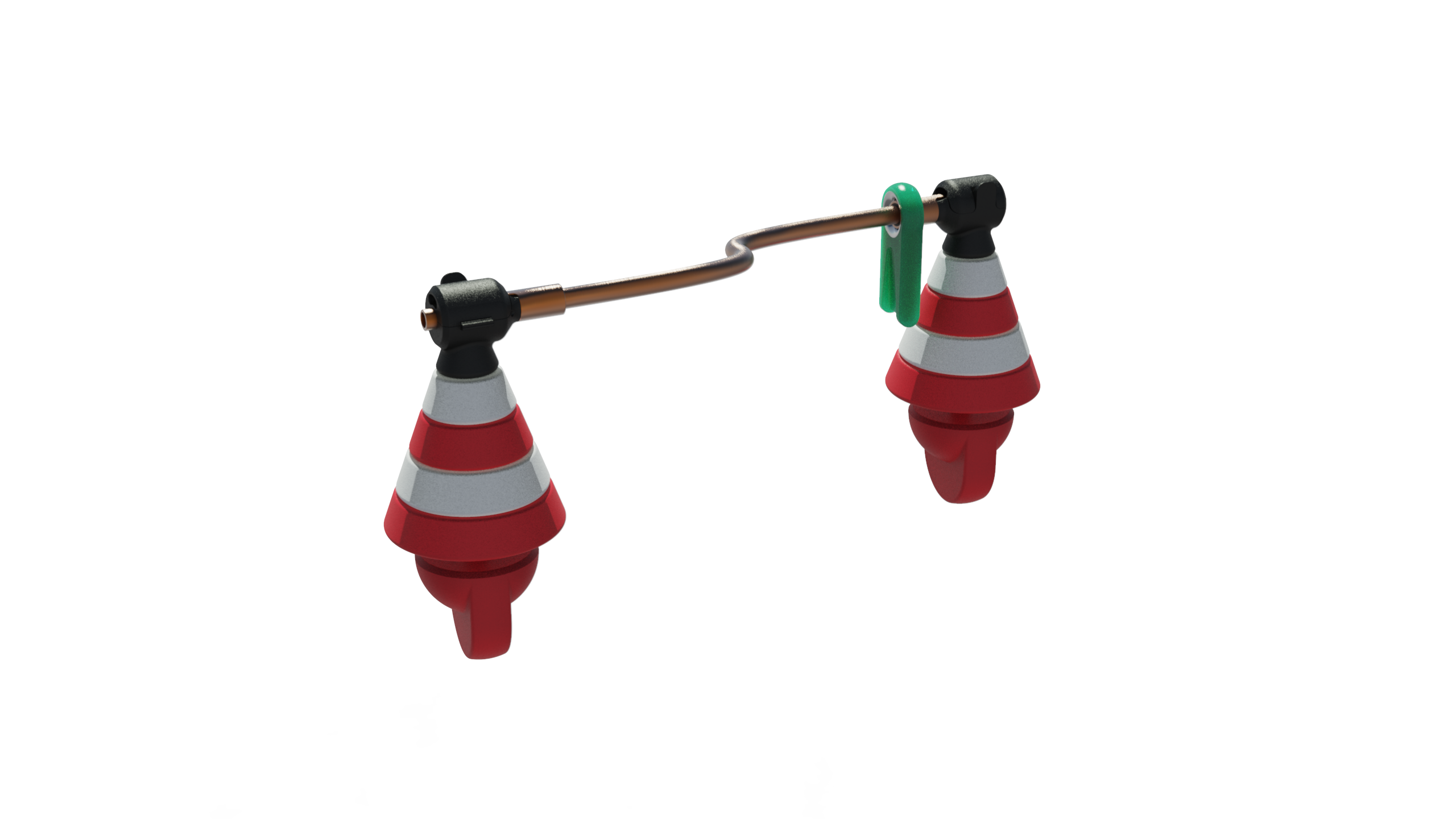
The design team at Flamingo Works exemplifies what happens when you review conventional ways for offering complex surgical training–and decide to toss them out the window for a new and much more fun perspective on learning with 3D printed medical training. The results have been fascinating, effective–and surgeons just want more.
Founded in 2016 by Yonatan Assouline and Naty Moskovich, Flamingo Works is an industrial design firm centered around engineering products, and creating new concepts, interfaces, and prototypes. Big fans of 3D printing even before they met up with Shapeways in the early days, Assouline and Moskovitch are well aware of the benefits involved both in rapid prototyping and manufacturing of functional parts.
In collaboration with one of their main clients, the Flamingo Works team began expanding far beyond their previous designs for a variety of industrial parts and even robotic arms. Enlisted to create an innovative new platform for training surgeons in robot-assisted surgeries, Assouline and Moskovitch did not disappoint in grasping the attention of those training by showing them how to use their skills in a different format for 3D printed medical training with gamified learning. Not only did they do away with convention, but they have created a system that is colorful, engaging, and fun.

Gamified Learning with 3D Printing Improves Dexterity for Surgeons
Examining typical methods for training surgeons, and noting so many ‘awkward’ attempts to recreate the human body and specific parts of the anatomy, Assouline and Moskovitch decided to take a different route entirely by integrating gamified learning with varied, dynamic open platforms for improving dexterity.
Rather than presenting doctors with a task that might look like something they see every day in terms of repairing the human body, the designers 3D printed completely different complex tasks, growing in difficulty one after the other, offering the opportunity for challenge and ultimately, greater expertise in the operating room. While the surgeons do not receive points when they win a ‘game,’ they have a deep understanding of the value in being better prepared for challenging surgeries later.
“These gamified learning platforms are successful because we keep them intuitive, light, and flexible,” said Naty Moskovich, Chief Designer and Co-founder of Flamingo Works.

Training Simulators Promote Confidence in New Procedures
The design language integrated into the training simulators is friendly, promoting confidence in new skills and techniques. While the training may seem like a playground, it leads to confidence in the very serious atmosphere of the operating room. Yonatan Assouline, Manager and Co-founder, points out that while the games designed for learning may look simple enough upon first glance, the tasks are not easy and they require practice and concentration to excel to the next level. This is especially true while the surgeons training are using robotic grips, shifting in both forward and reverse to reach objects and complete exercises.
“We wanted to give surgeons something more challenging,” said Assouline. “Our first take on it in prototyping was using the concept of a ship in a glass bottle as it was relevant to the process of performing an intricate surgery from a tiny incision.”
The design team soon evolved even further with product development of the gamified learning systems though, realizing they could be much more effective in creating an open platform. Eliminating the restrictions of the glass bottle concept meant that they could expand with much more creative and colorful displays, as well as the opportunity for better instruction with the robotic grippers.
The surgeons continue learning, with each lesson growing in difficulty. They begin with threading techniques, then ‘picking and placing’ with the grippers, and advancing all the way to their Peg Wall Challenge, using a board that was adjusted for mounting elements and moving them around.
“The training for this technique and the framing of the technology was completely unknown at first,” explained Moskovich. “We were developing 50 to 60 learning tasks at a time, coming up with all sorts of different ideas, and sending them to physicians to see if they liked them or not.
“We would develop one skill and remove another while prototyping. 3D printing with Shapeways gave us the freedom to try out endless new ideas during the product development phase.”

Advanced 3D Printing Materials Offer Necessary Durability for Handling
Nylon 12 [Versatile Plastic] and Selective Laser Sintering (SLS) technology, as repeat choices for the designers, turned out to be an excellent choice once again–not only because of the design freedom afforded and the ability to manufacture many parts at once–but also because the objects required extreme durability necessary to long-term use in practicing.
While 3D printing is having significant impacts in both educational and medical applications, Assouline and Moskovitch have demonstrated an incredibly unique way to bridge that gap. A wide range of 3D printed medical models and other devices are used to diagnose and treat illnesses. They are used to train doctors, medical students, and as visual aids for explaining medical conditions to patients and their families. This new method offers a more relaxed attitude toward surgical training; however, surgeons are still asked to leave their comfort zone in learning to manipulate the tools and apply themselves to new methods of learning.
Download our case study with Flamingo Works.
About Shapeways
Enjoy the benefits of this advanced technology and a wide range of materials from Shapeways for 3D printing your creations with accuracy, complex detail, and no minimum or limits in terms of mass customization or single part orders. Shapeways has worked with over 1 million customers in 160 countries to 3D print over 21 million parts! Read about case studies, find out more about Shapeways solutions, and get instant quotes here.

